For Cinco de Mayo, a sopapilla tradition

SAGUACHE — In preparation for the town’s Cinco de Mayo celebration, lifelong resident Patsy Garcia, 90, spent the morning making sopapillas with her daughter, Peggy Williams. They mixed, rolled and flipped in bubbling oil over 100 fried dough pieces for Friday's traditional local foods spread at the Saguache Community Center.
Garcia said she never uses a recipe when she cooks sopapillas.
“I just know,” she said.
“I’ve tried to get her to write her recipes down,” said Williams. “She doesn’t use measurements. She’ll tell me it’s ‘three fingers’ of baking soda. I’ll say, ‘Mom, that’s not a unit of measurement!” Williams and her mother laughed knowingly together.

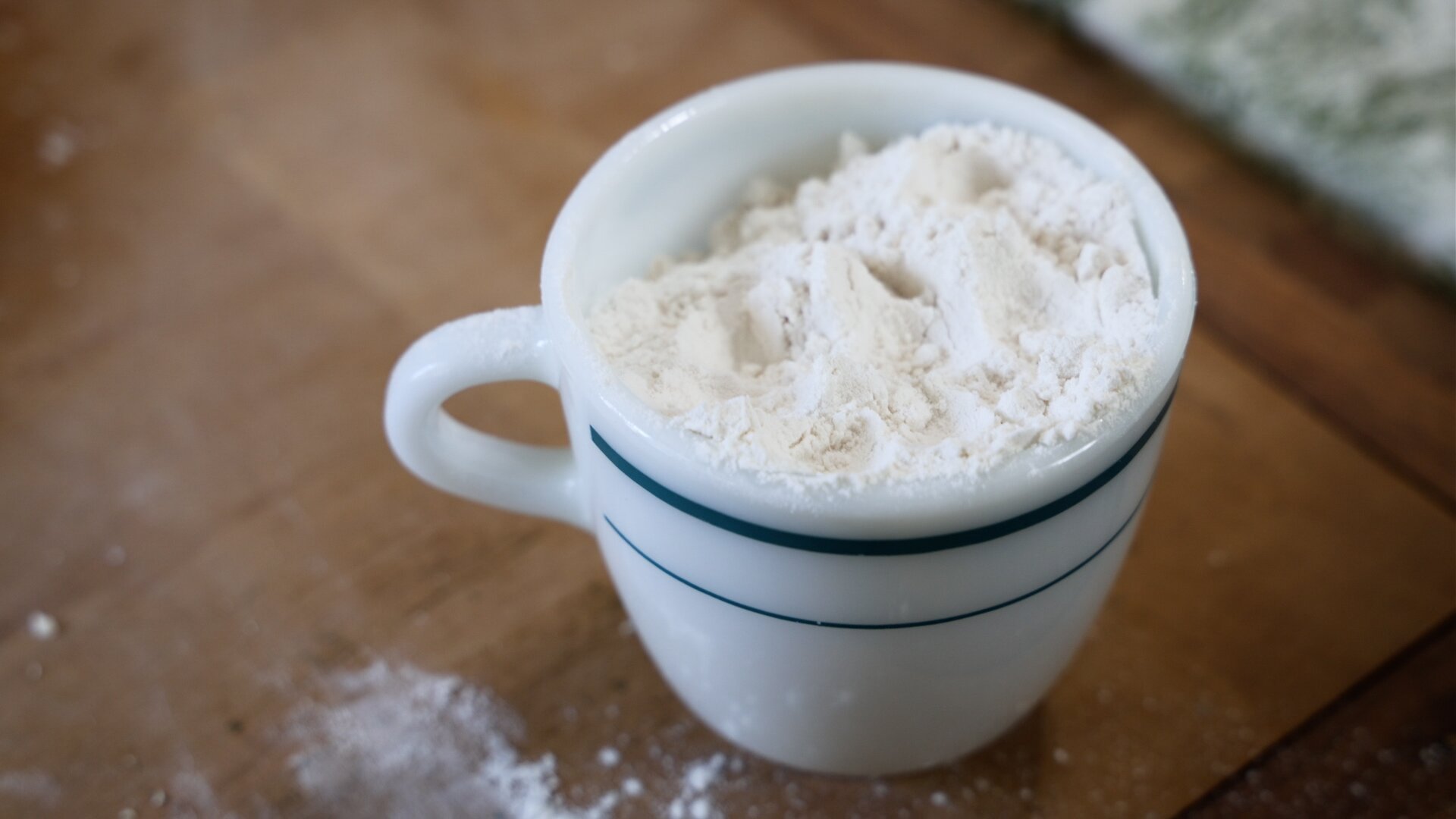
Garcia starts by mixing flour, shortening, baking soda, and salt, then adds warm water — “not too warm,” she warns — and kneads until the dough is tacky.
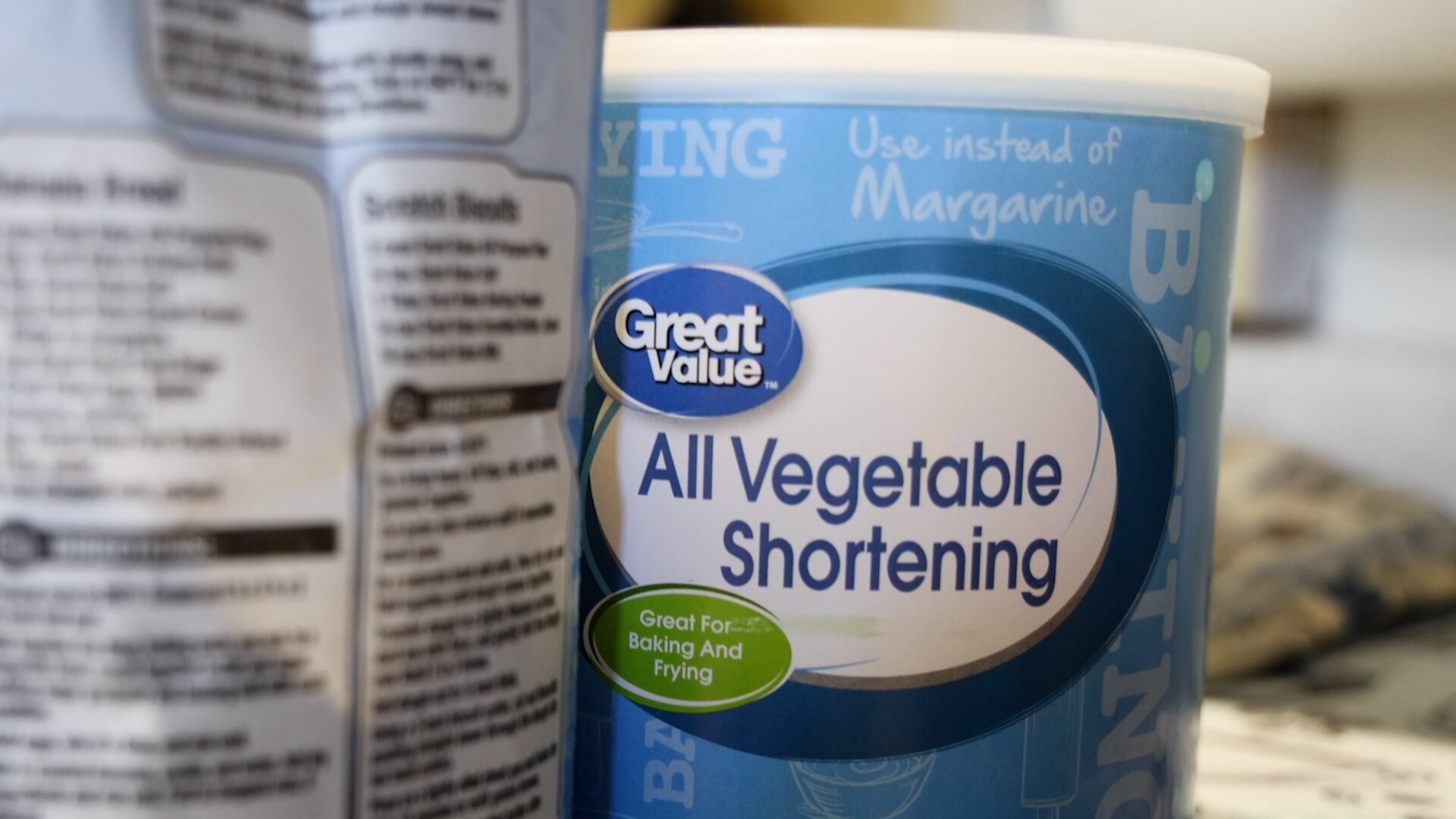
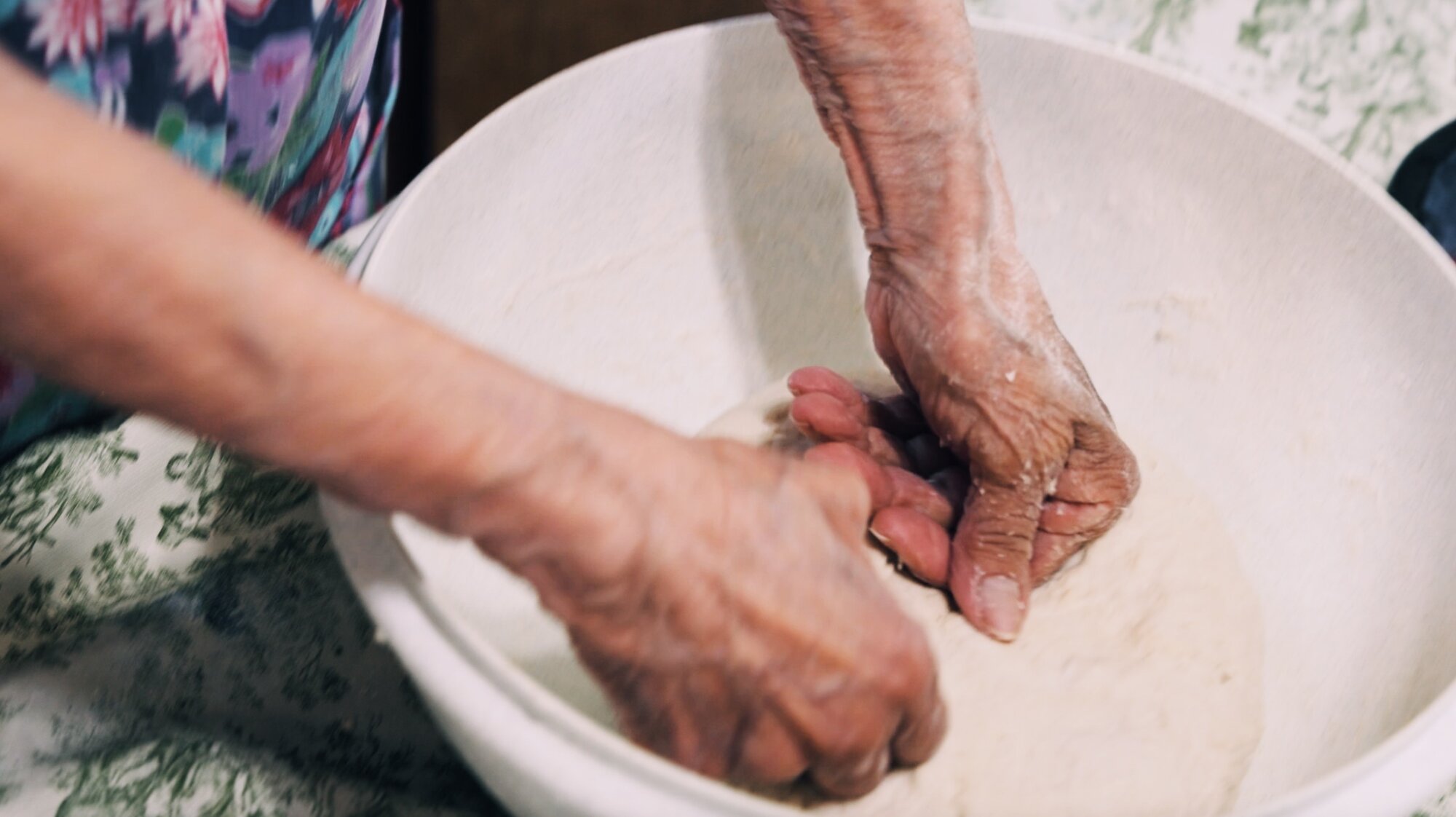
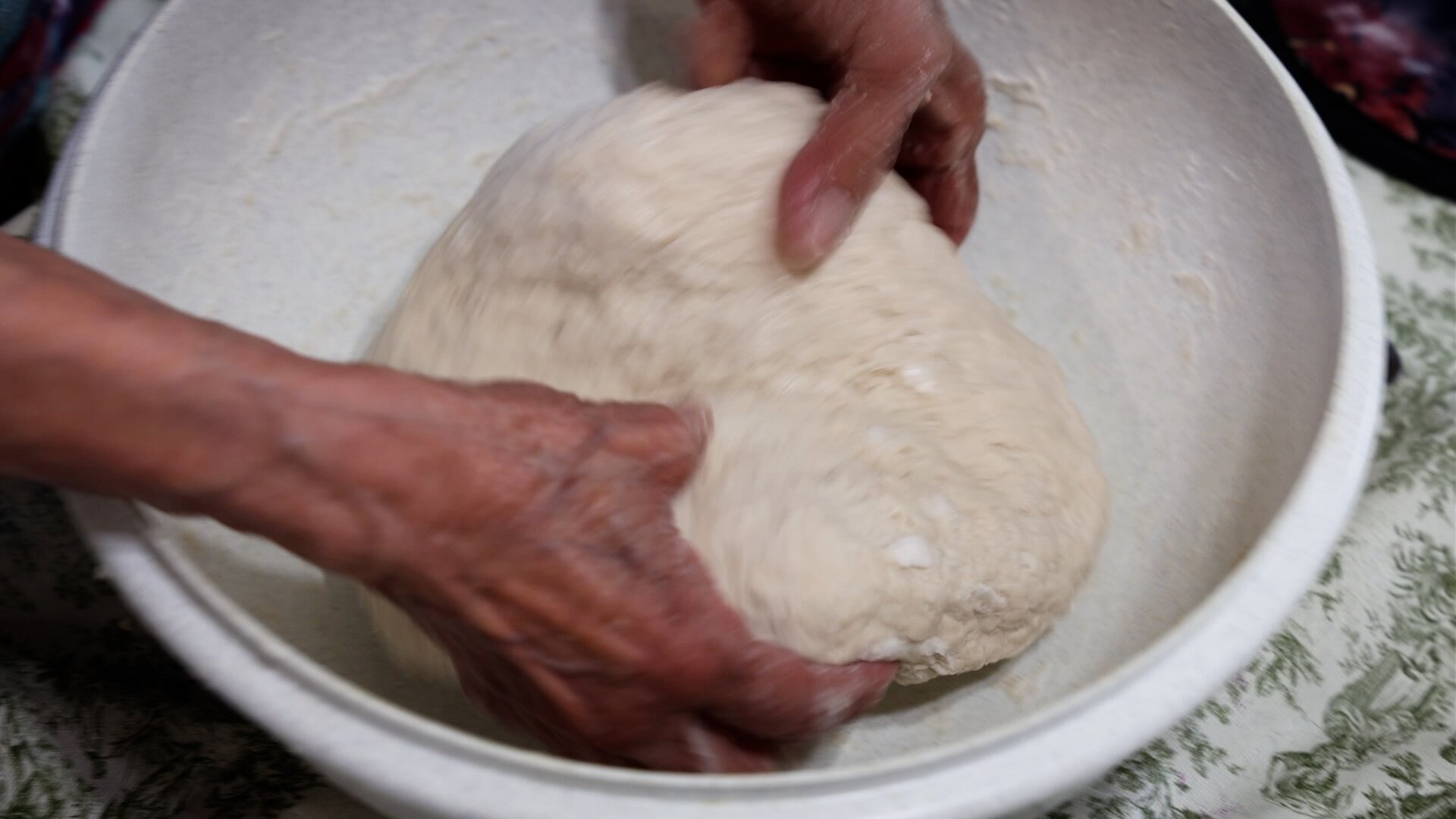
The dough is formed into a large loaf and covered with a plastic bag to retain warmth. Garcia lets the dough rise for about fifteen minutes.
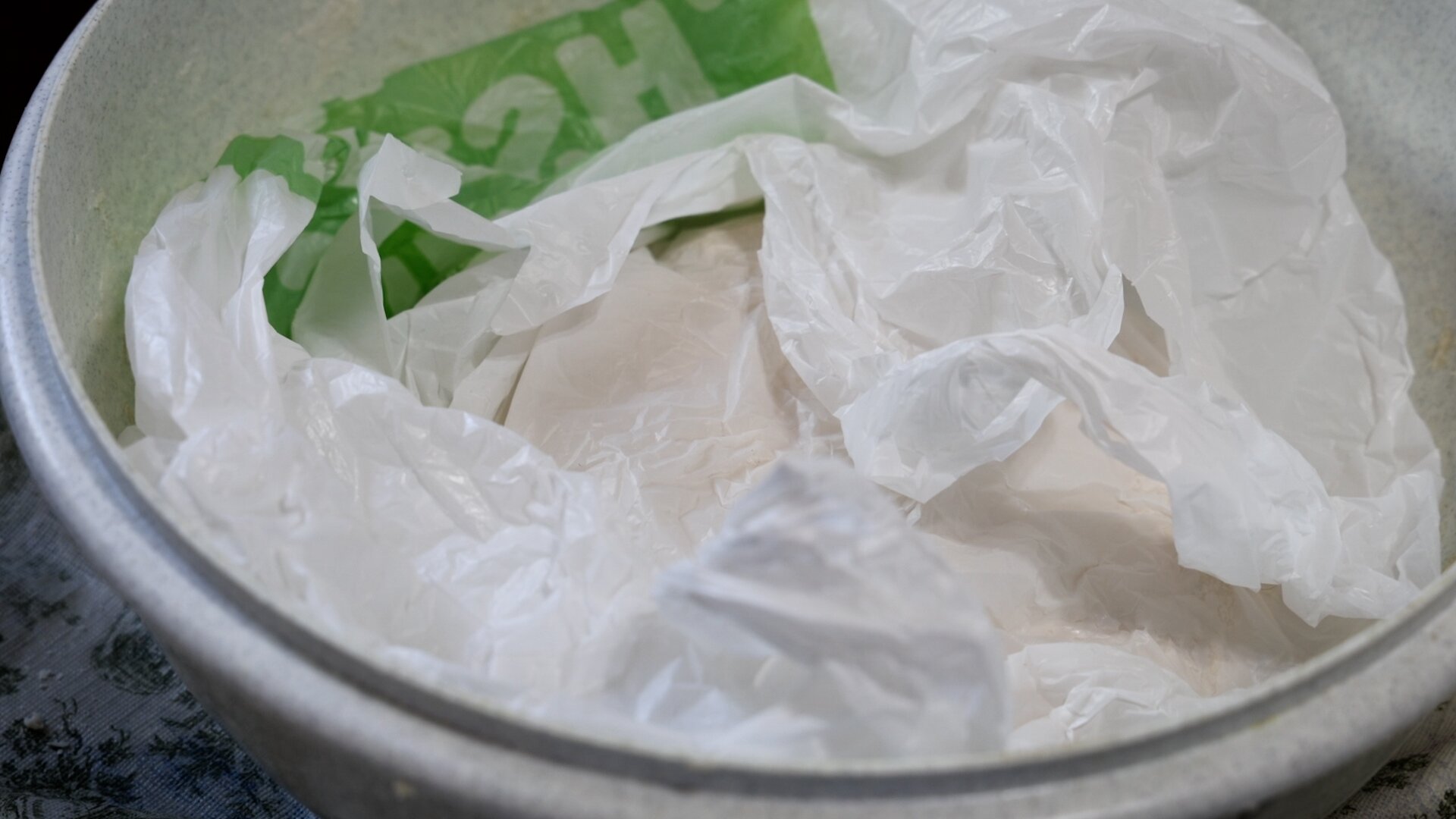
The dough is formed by hand into small discs, then flattened with a small rolling pin Garcia said her late husband fashioned from a broom handle many years ago.
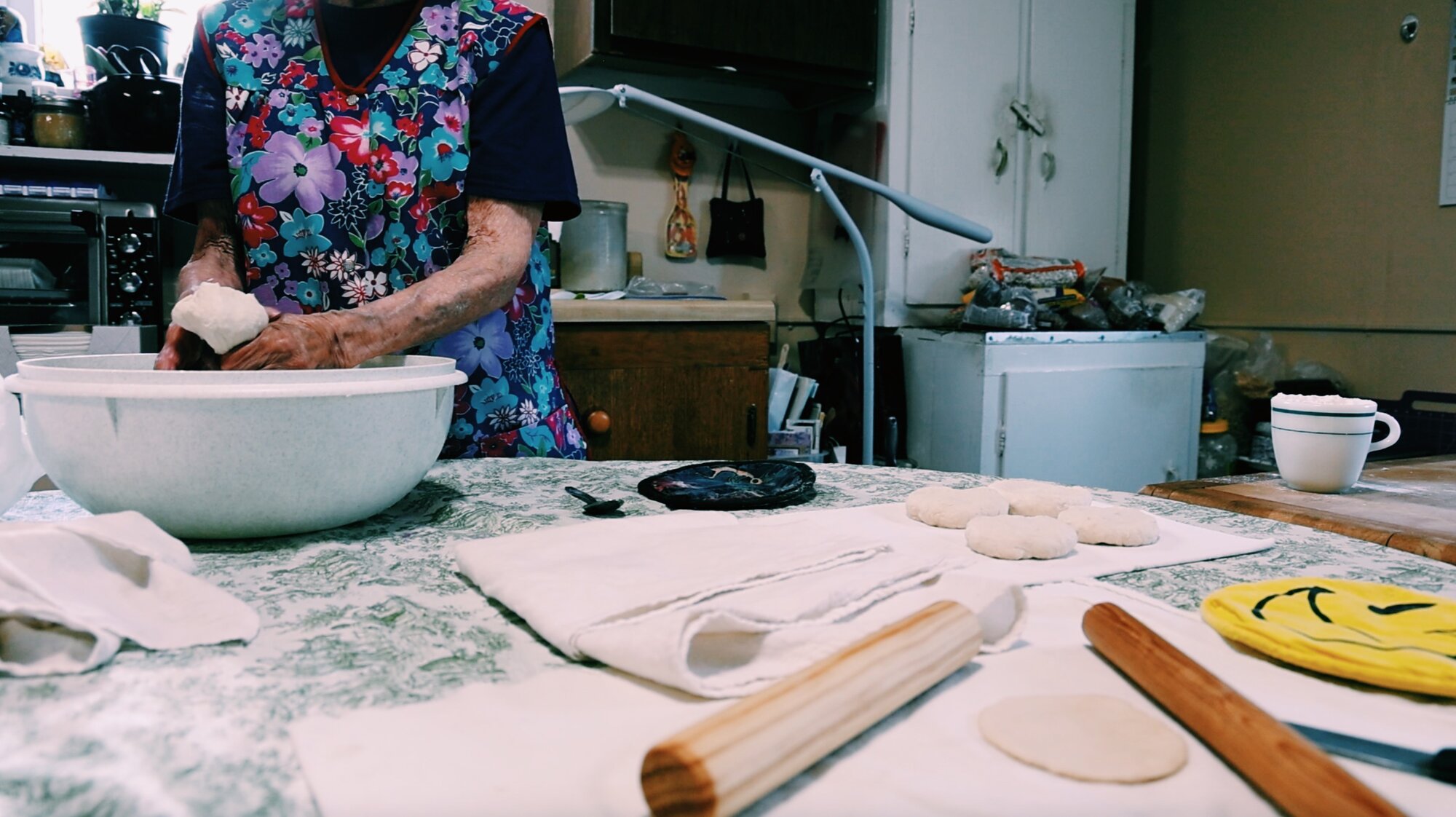
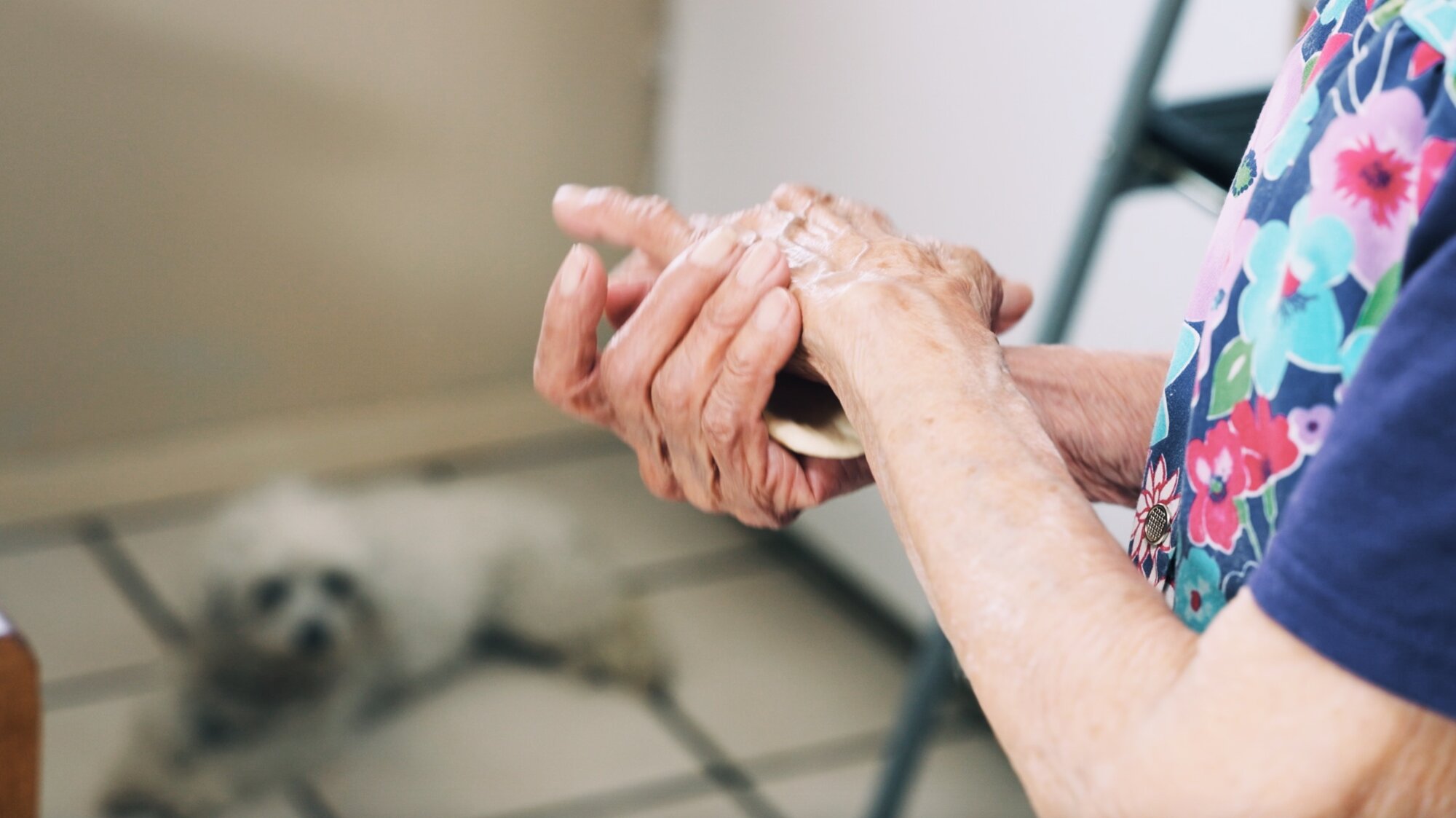
When each disc is flat like a tortilla, Garcia slices it in half with a quick slash of her knife and lifts the first section into a pan of hot vegetable oil, followed quickly by the second.
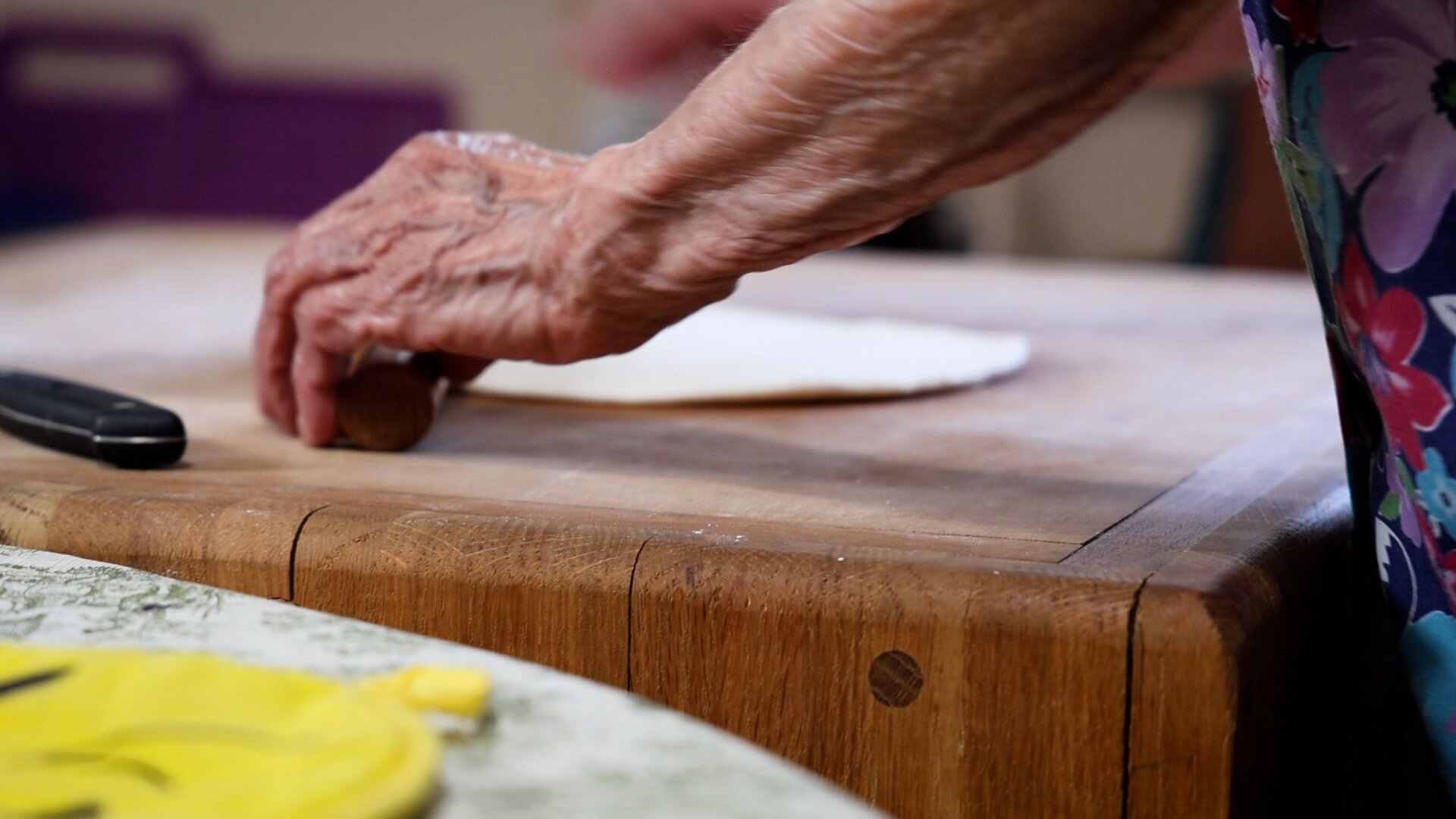
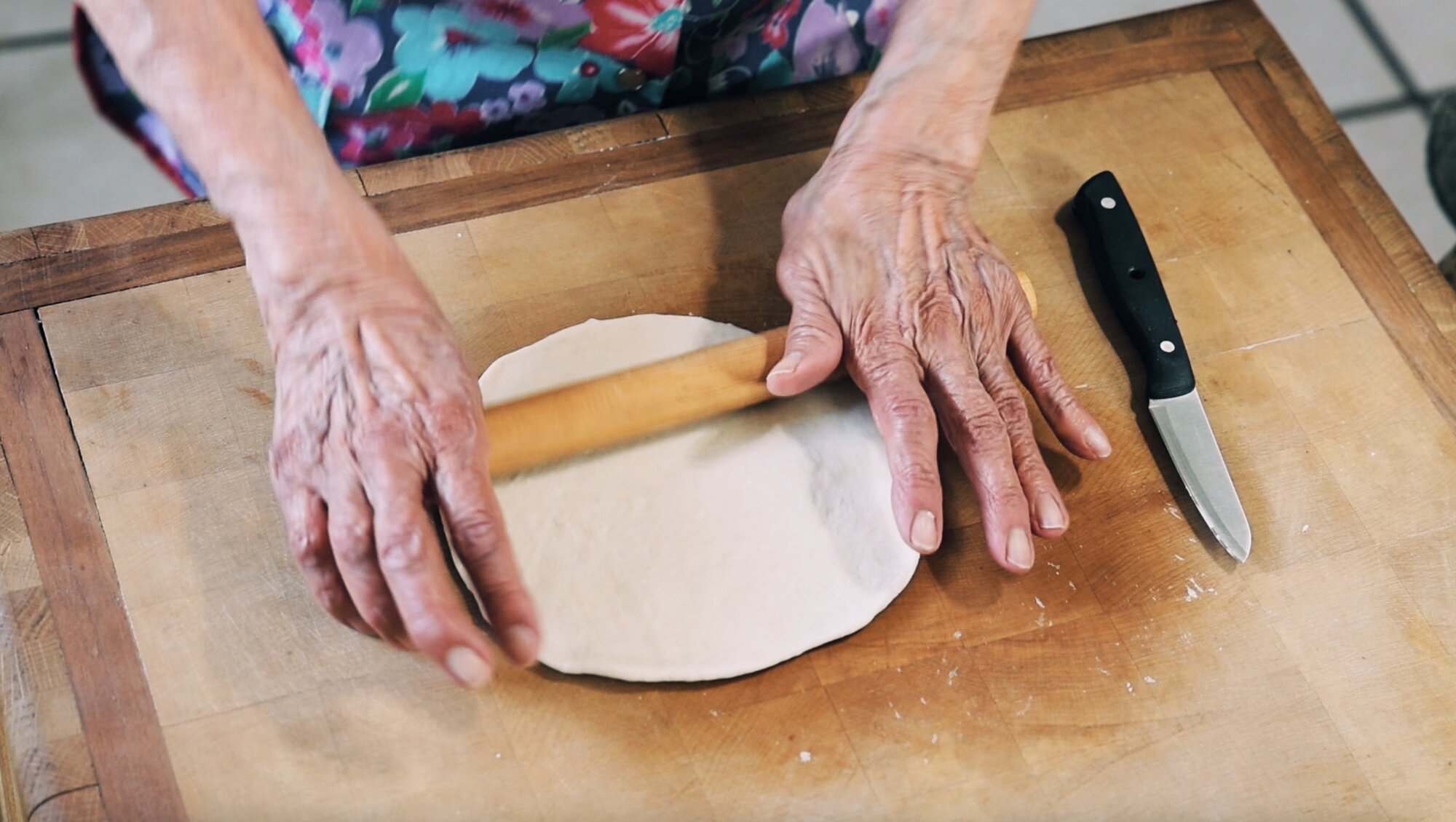
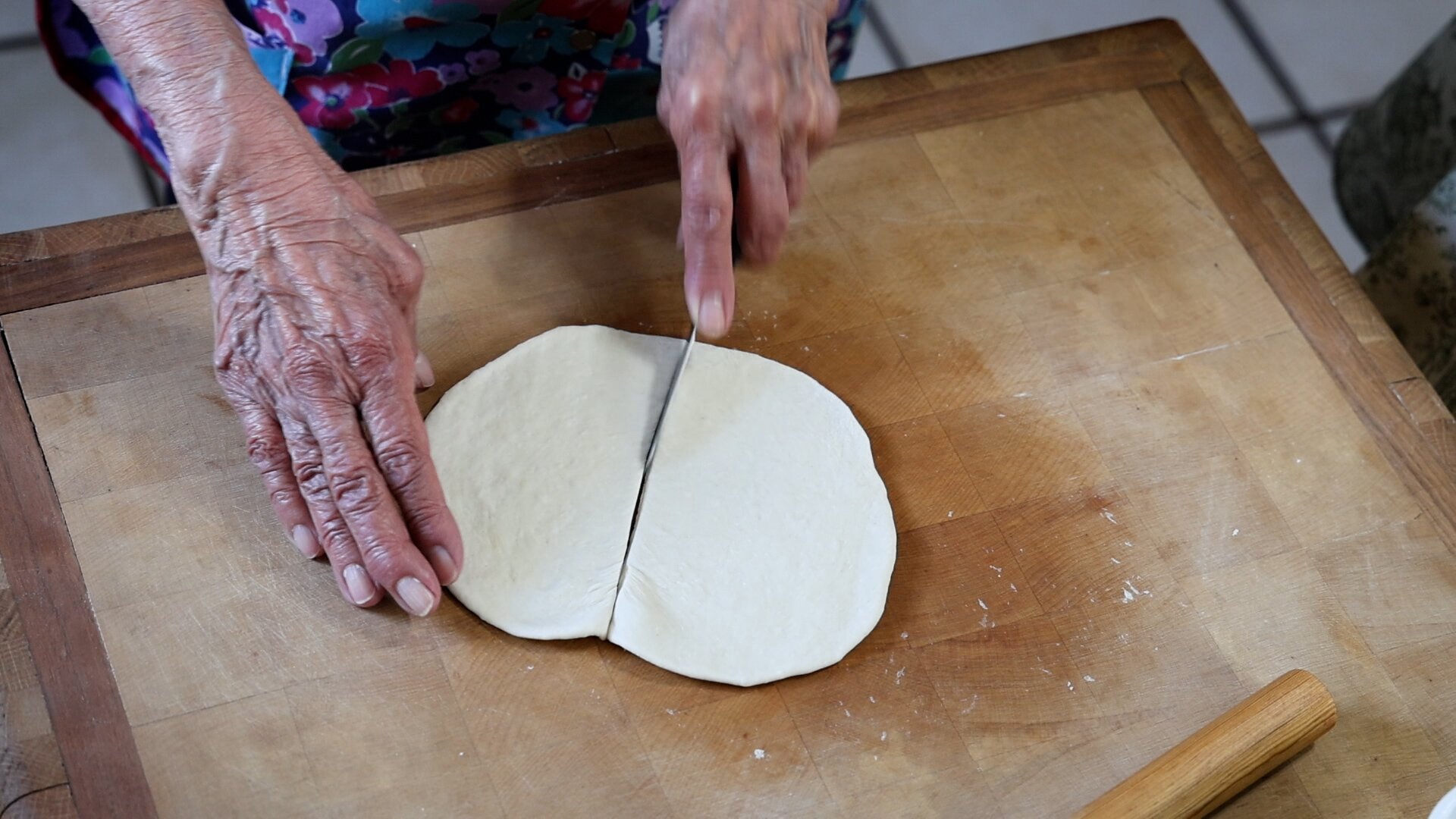
Pieces of dough are flipped with tongs when brown on one side, puffing out naturally as they are fried.
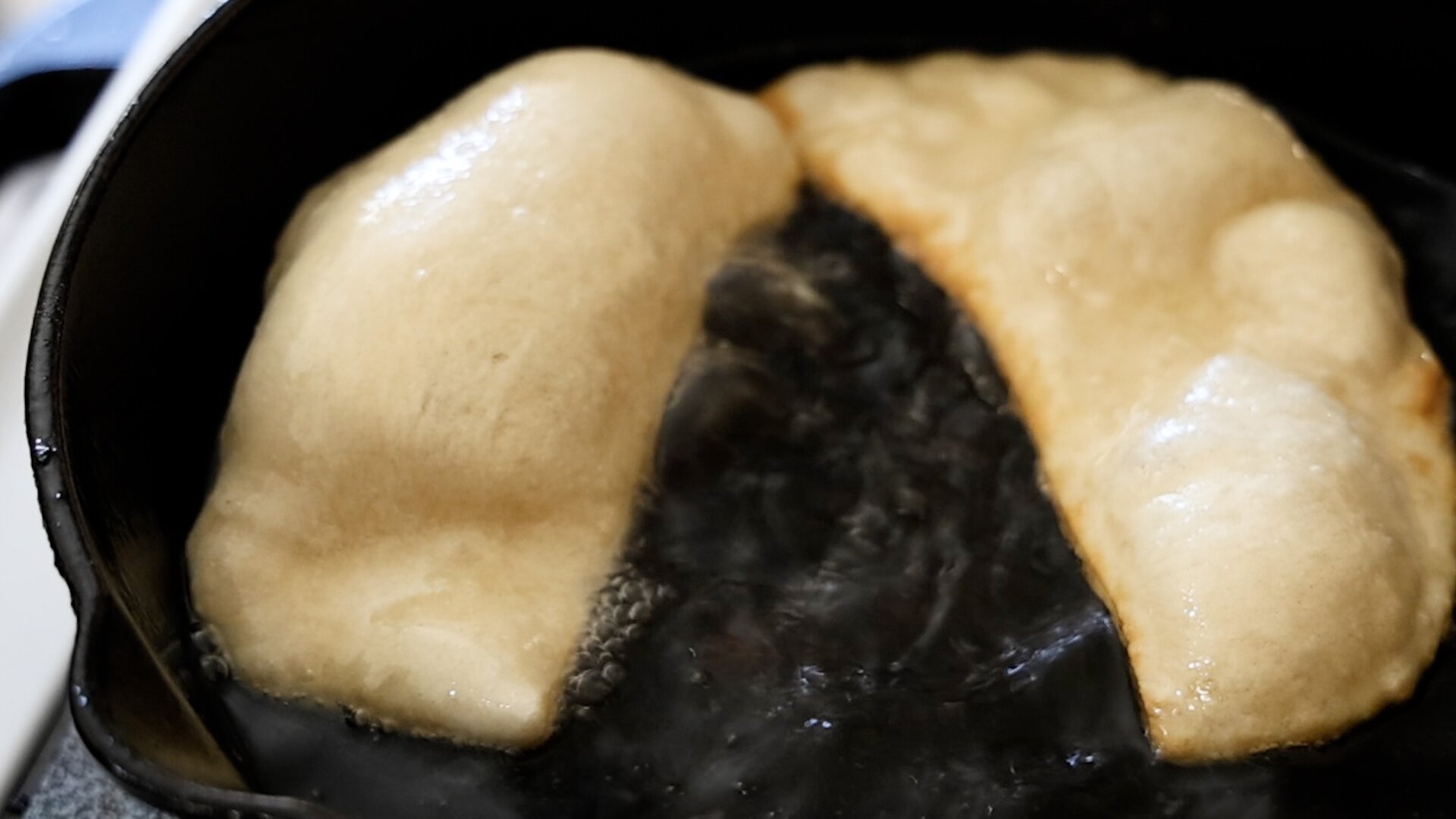
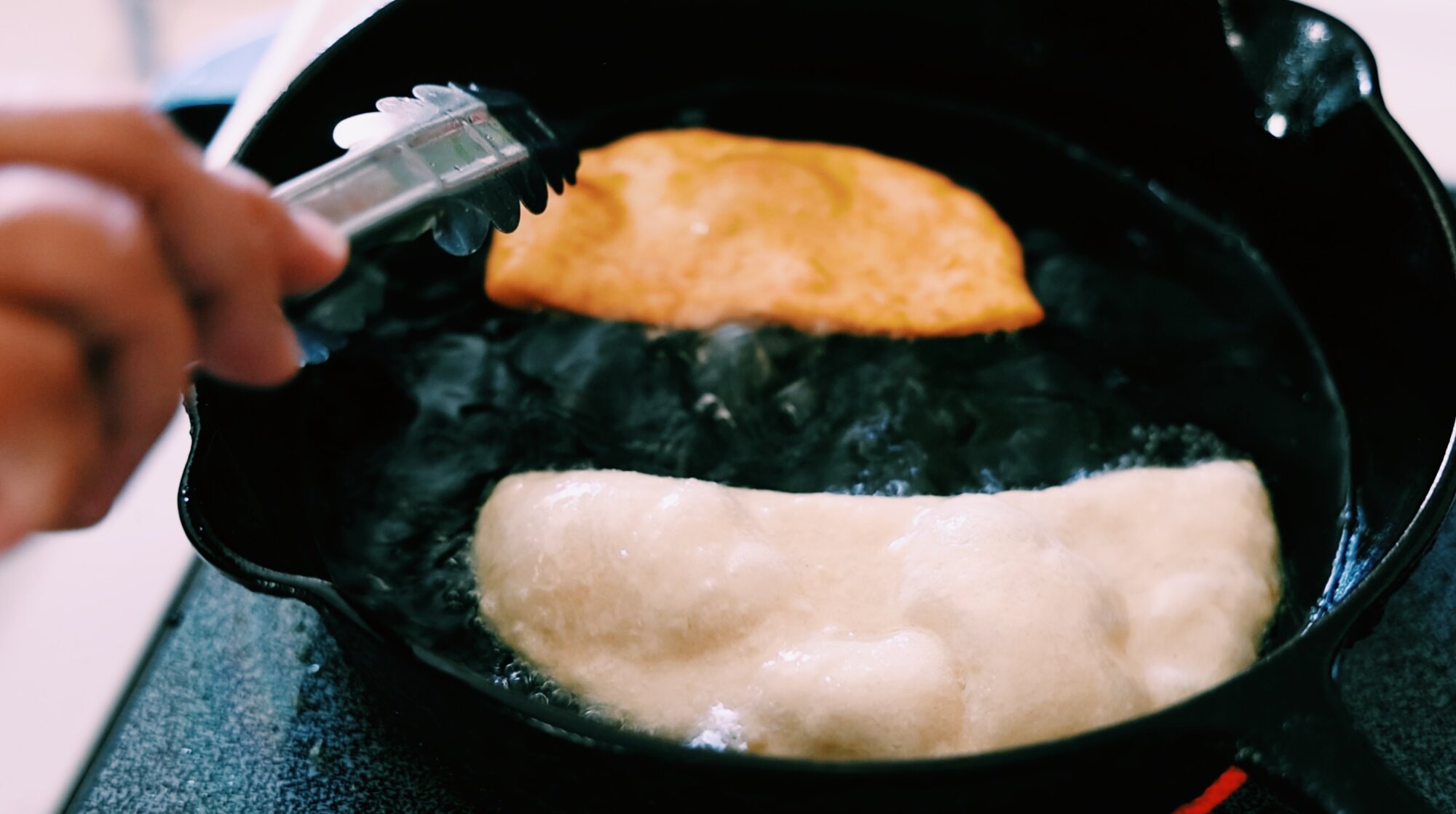
Fried sopapillas are often dipped in honey and enjoyed as a treat or used in place of tortillas alongside dishes like posole and beans and rice.
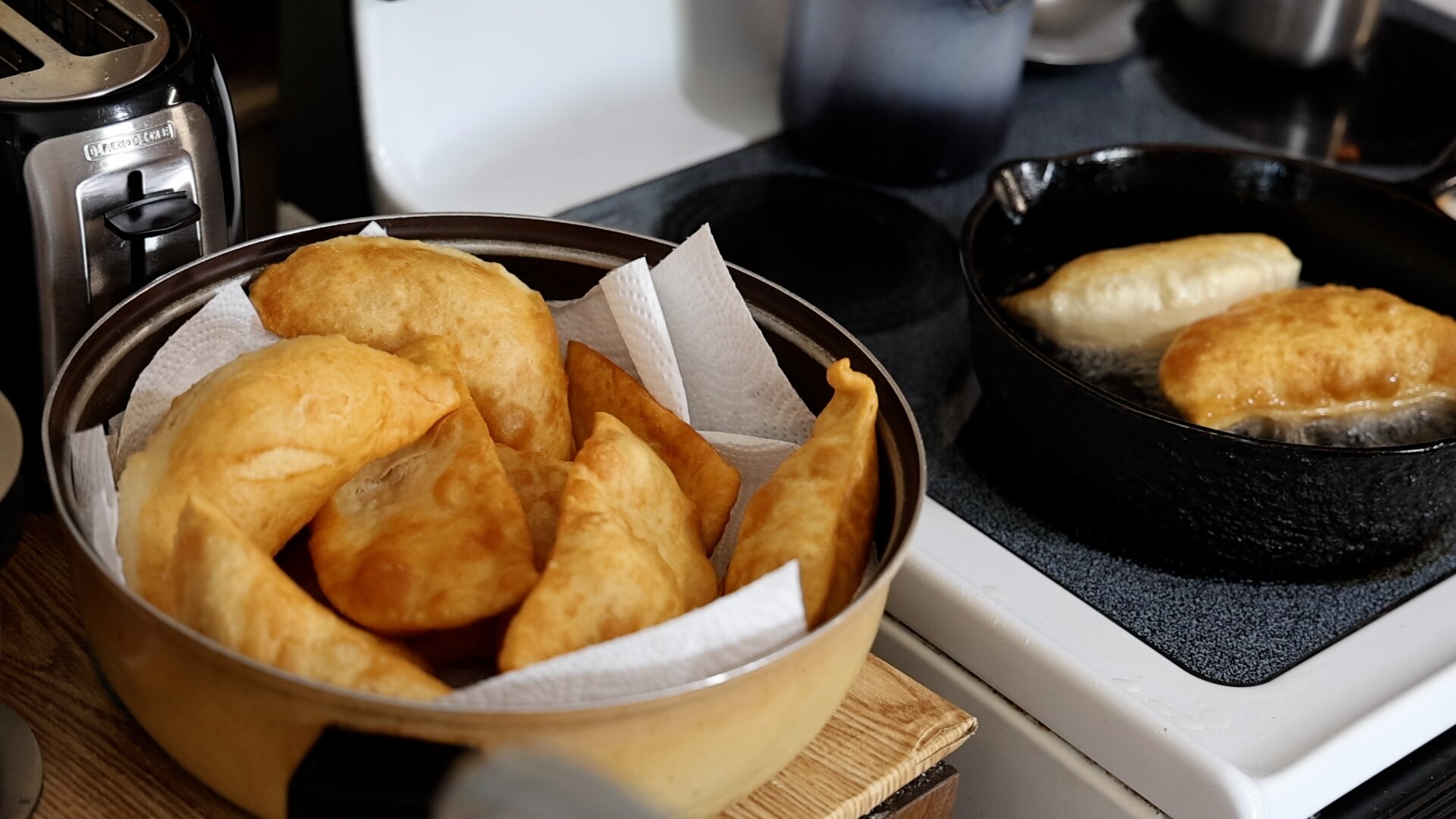
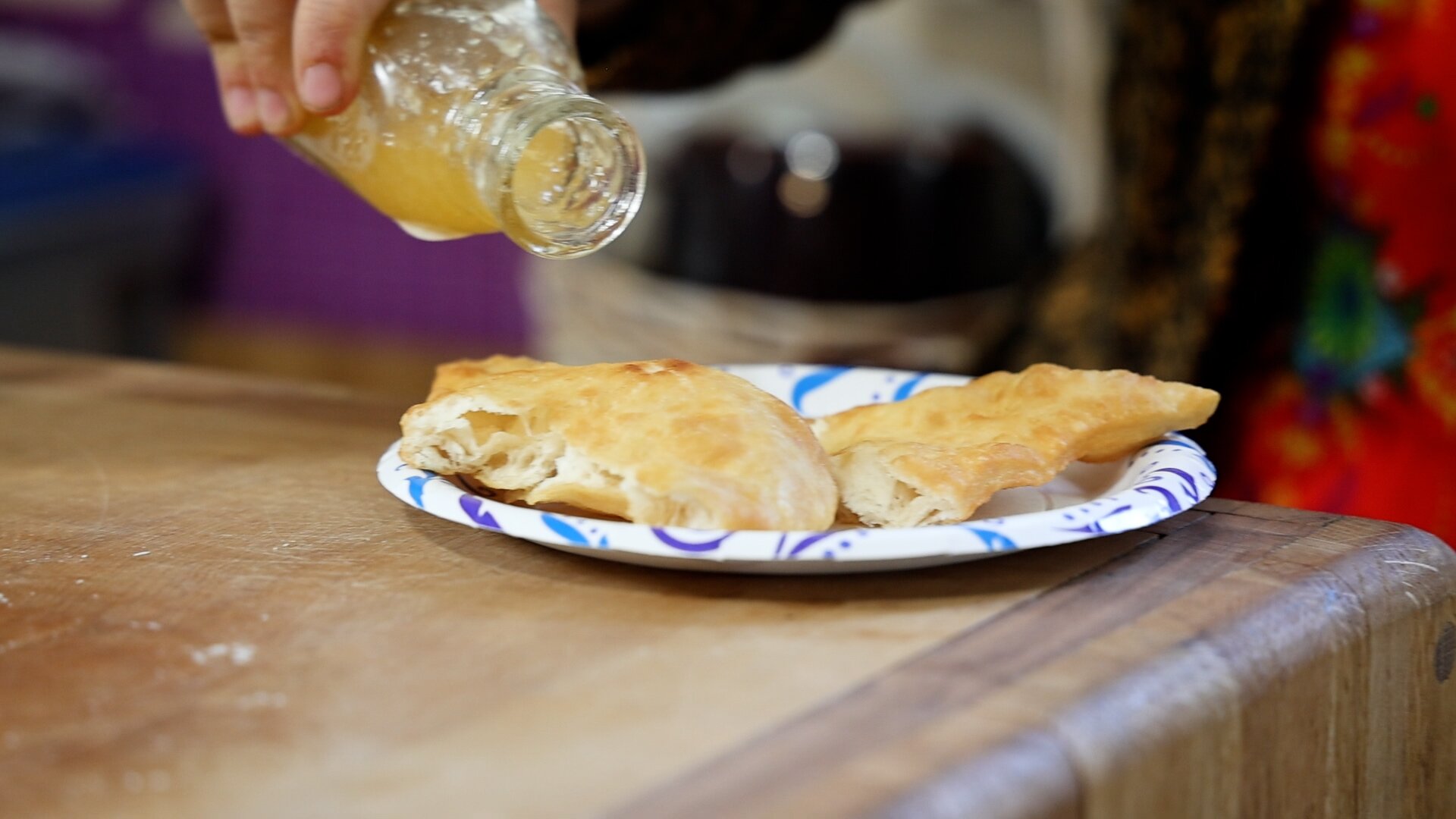
On her father’s side, Garcia’s family has been in Saguache for as long as she can remember. She grew up in the community with her grandparents and great-grandparents. Her maternal grandfather brought their family from New Mexico when her mother was six years old.
“I loved growing up here,” Garcia said. “It was fun."
It was common for families to have “six, seven, ten or a dozen children,” Garcia said, and the youth all played together. One of Garcia’s favorite games was standing in the mud by the town acequia and tossing knives in the air to see if they would land point-down.
Growing up, Garcia’s family only spoke Spanish at home. “I went to the first grade and couldn't speak English,” she recalled. She had to repeat second grade.
“I could speak a little bit of English by the time I left second grade,” she said. “My mom and dad had the same teachers that I had in first grade,” she added. "Even my eighth-grade teacher had been their teachers."
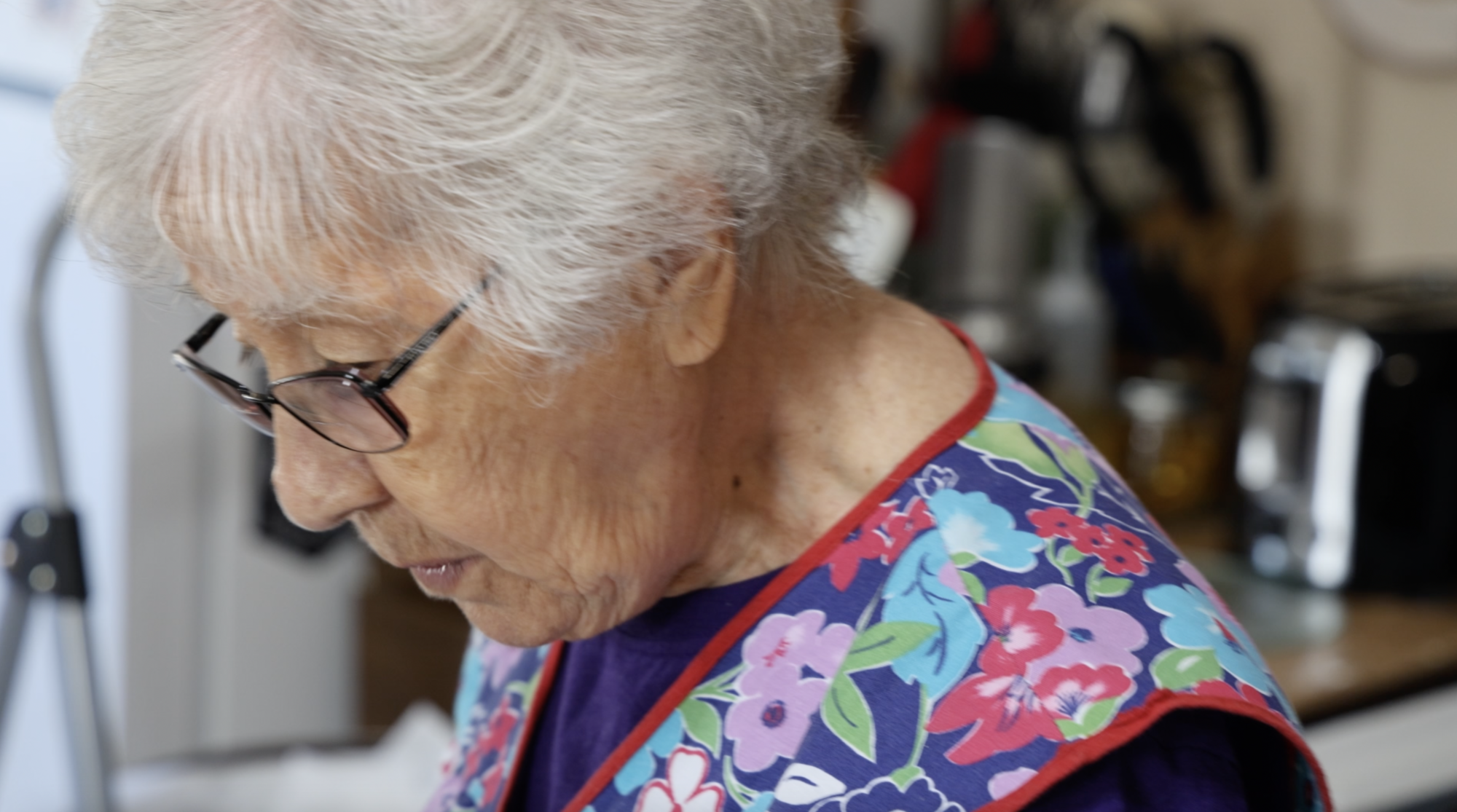
Her grandfather, uncles and father all sheared sheep, Garcia said. Many locals worked for ranchers or in construction. The family ate little meat growing up, Garcia said. “We ate potatoes, tortillas, and beans,” she explained.
Garcia learned to cook from her mother. "We watched her work. My sisters and I learned from her,” she said.
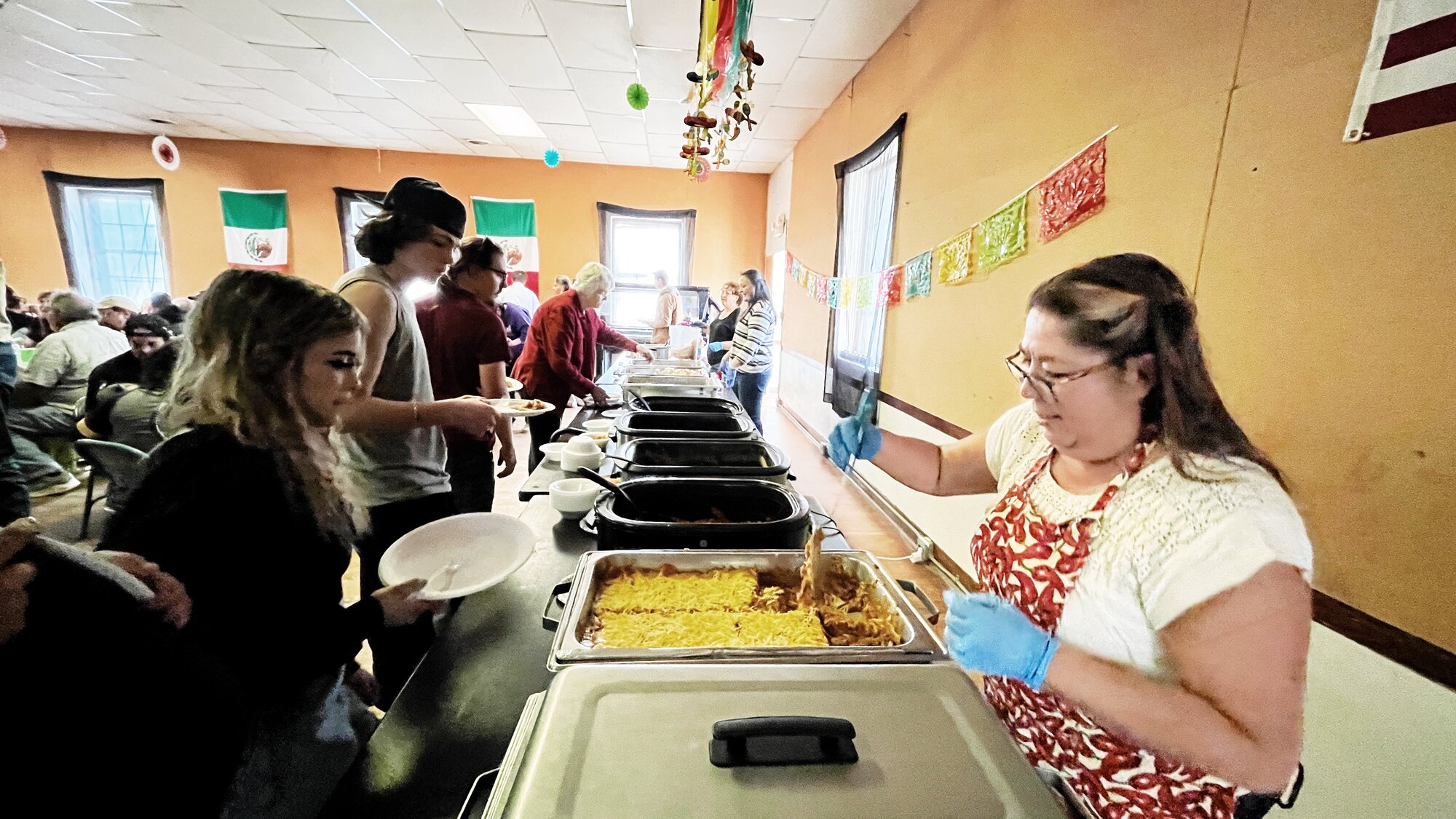
Four generations of Garcia’s family attended the Cinco de Mayo party at the Saguache Community Center, where over 100 guests enjoyed a festive environment and taco bar, tamales, rice, pinto and refried beans, green and red chile, enchiladas, corn, posole, salsa and more. HEART of Saguache and the Town of Saguache sponsored the event, which was prepared and hosted by community members.
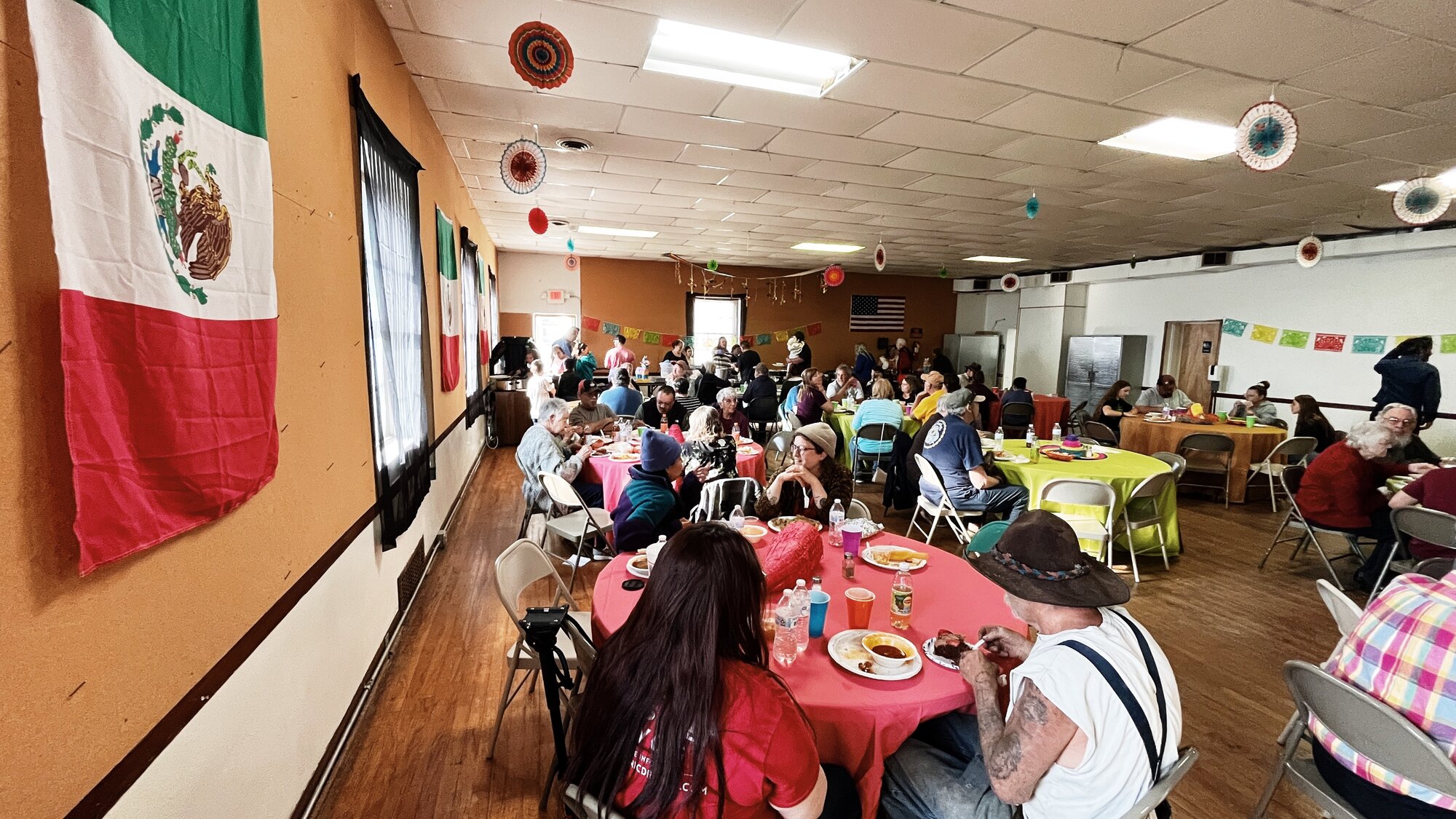
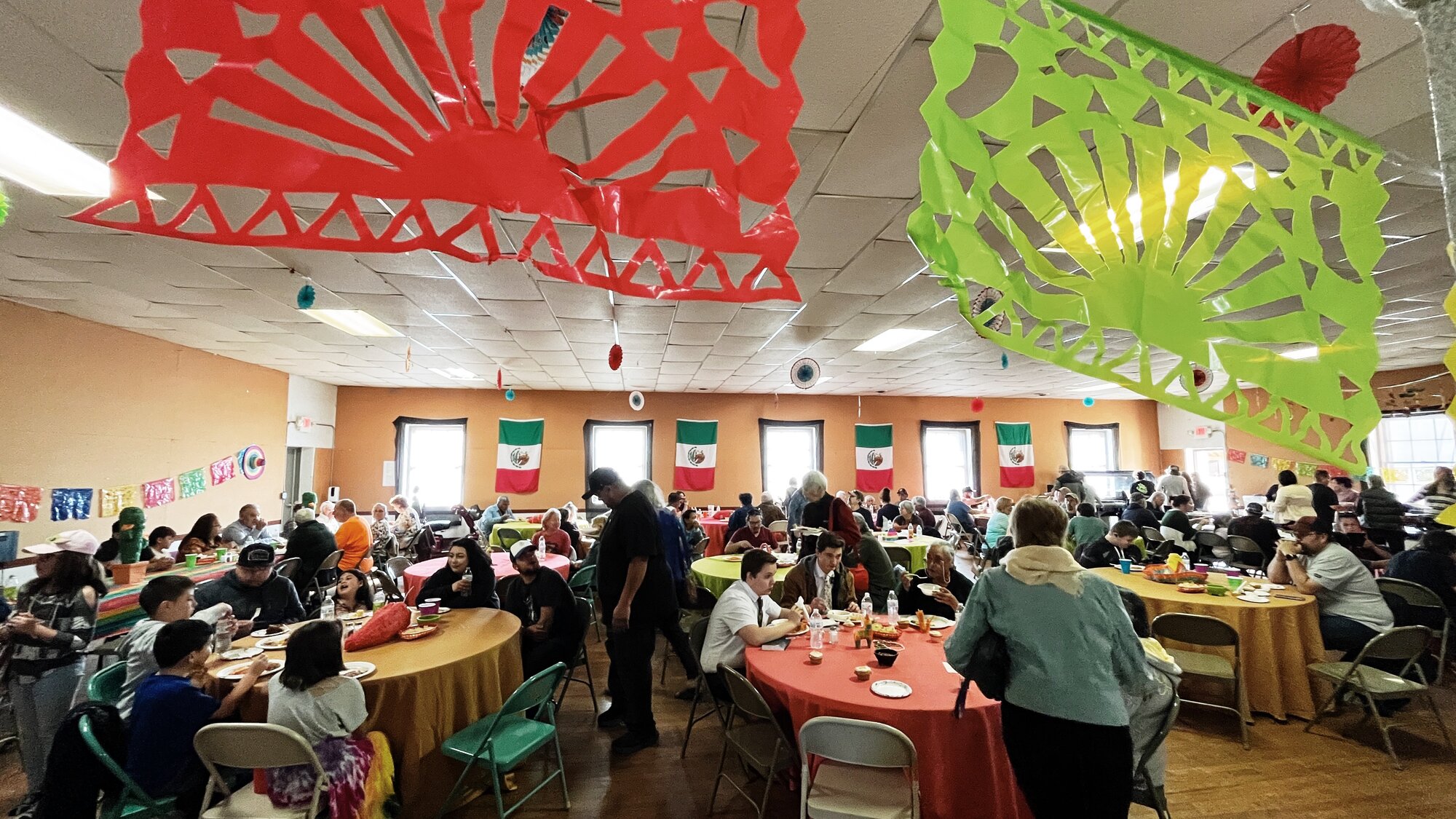
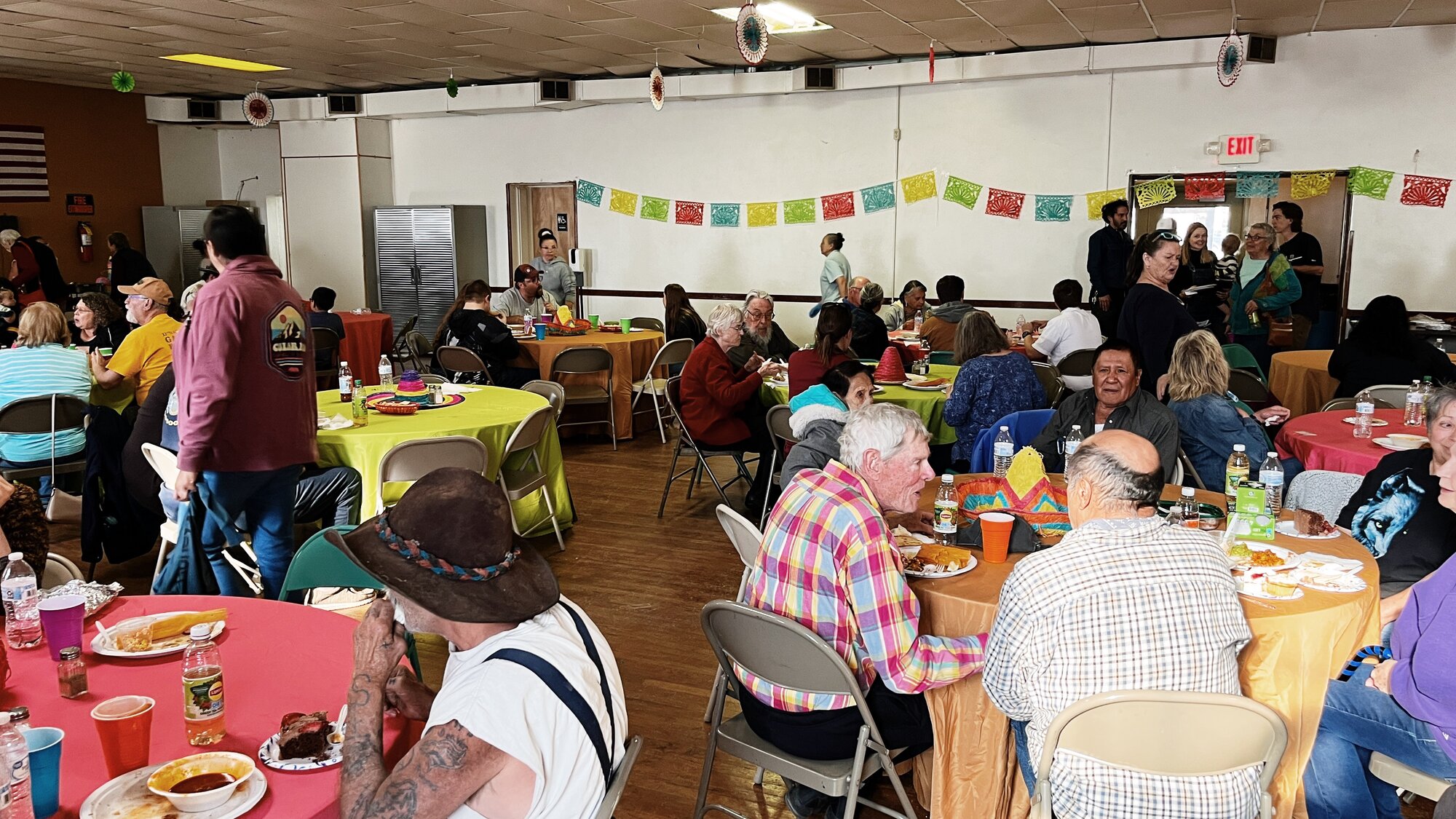
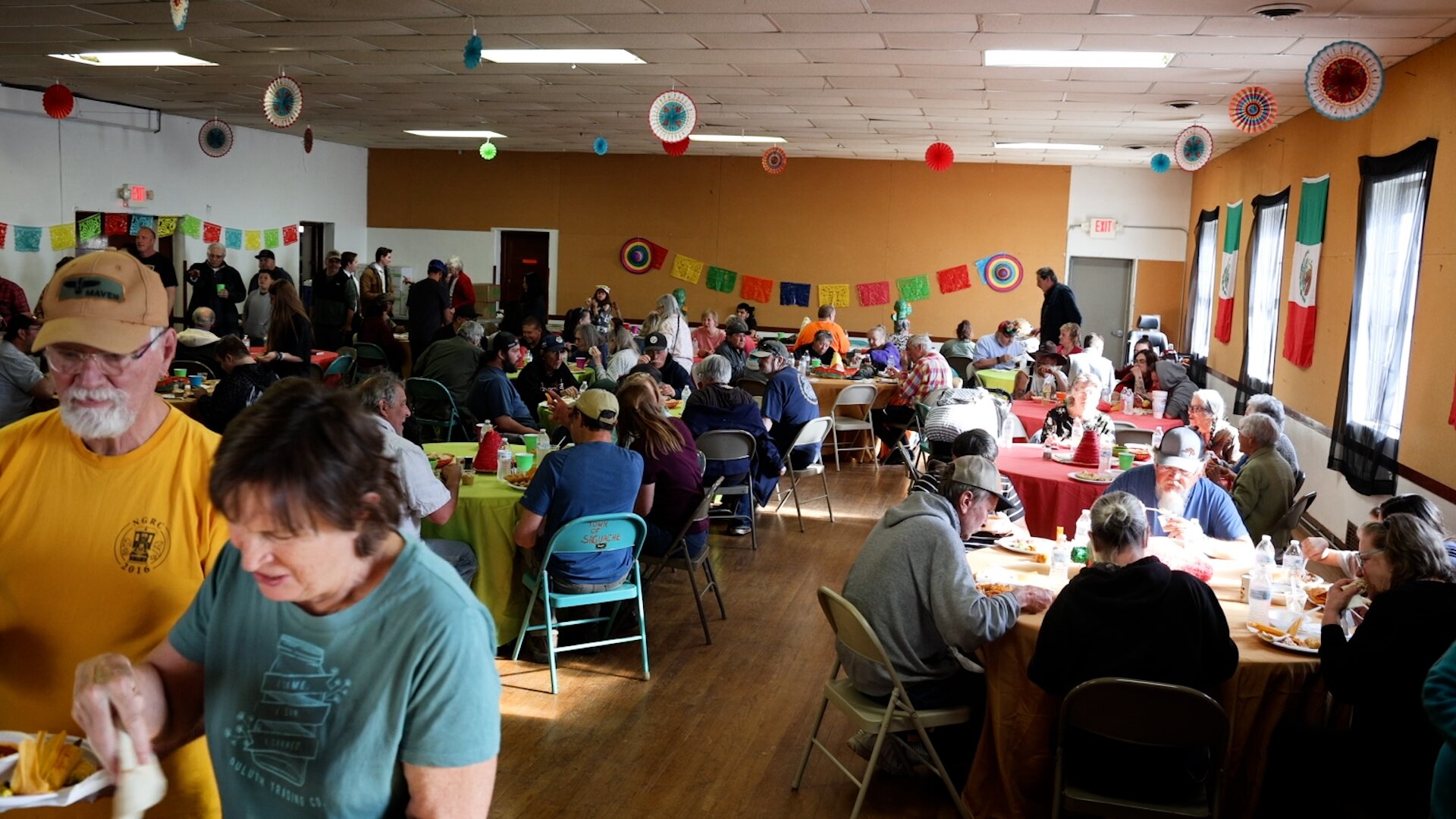
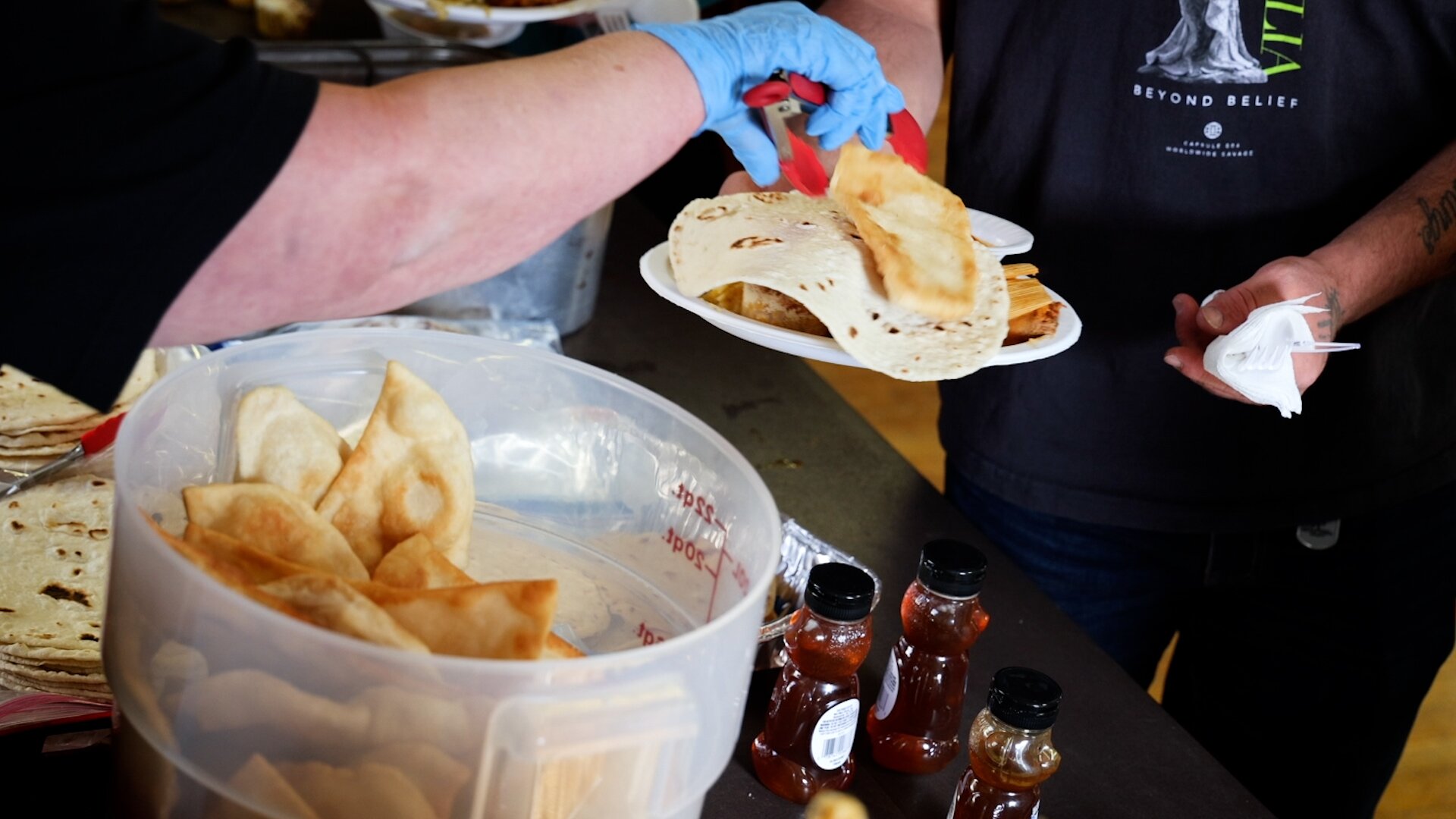
Cinco de Mayo commemorates a Mexican victory over the second French Empire at the Battle of Puebla in 1862. A popular expression of Mexican-American heritage, the fifth of May has been celebrated in what is now the United States since 1863.
Kate Perdoni is Interim Content Co-Director at Rocky Mountain PBS and can be reached at KatePerdoni@rmpbs.org.